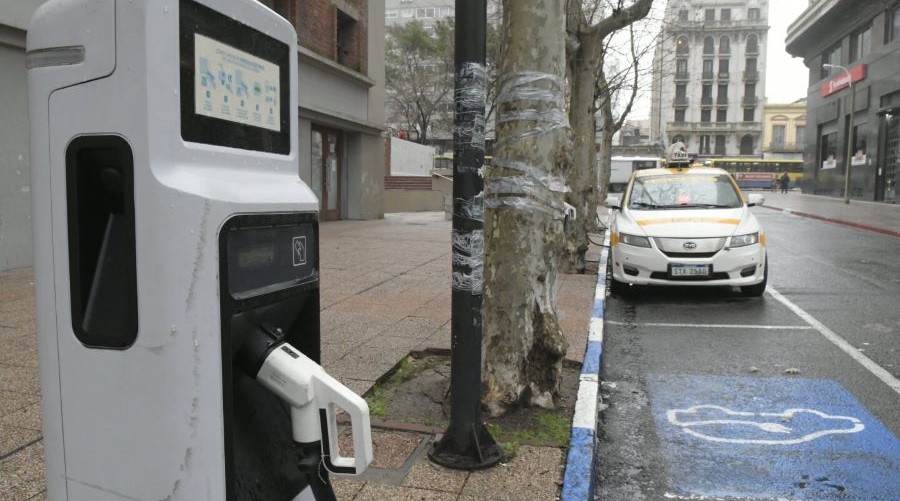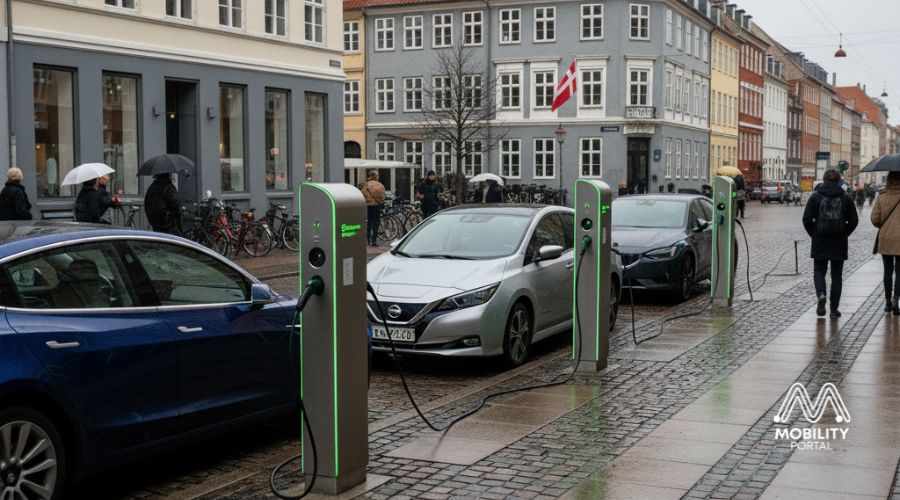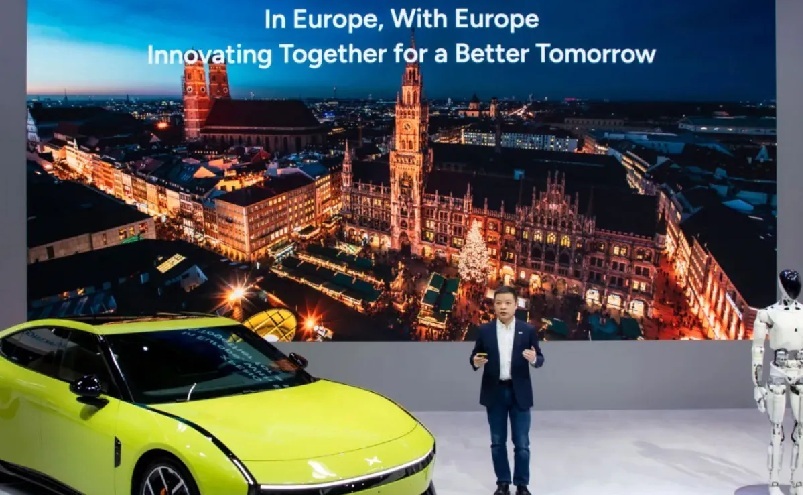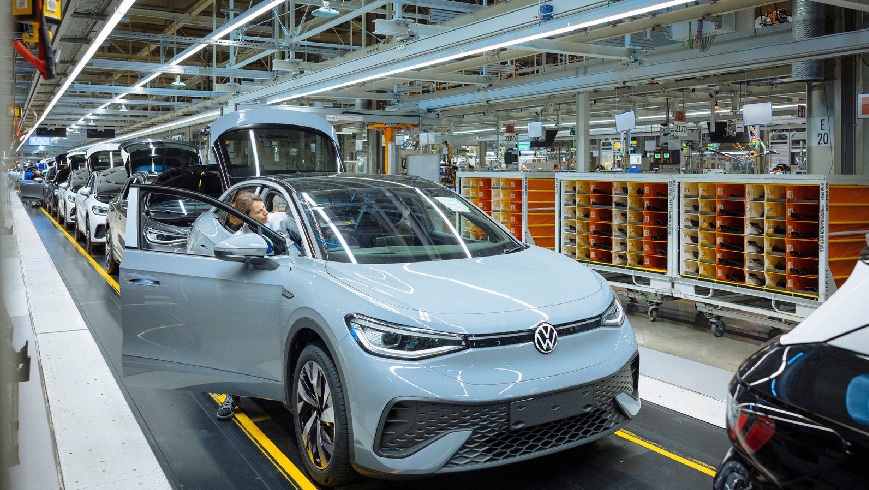Driven by an aggressive fiscal incentive policy and operating costs up to twenty times lower than those of internal combustion vehicles, Uruguay’s electric car fleet has been doubling year on year.
“In the first quarter of this year, 2,500 EVs were sold—double the figure from the same period last year—and we’re on track to end the year with around 20,000 on the roads,” says Marcelo Mula, Vice President of the Uruguayan Renewable Energy Association (AUDER), speaking to Mobility Portal Latinoamérica.
This boom, which has pushed EVs to a 14.5% share of the total new vehicle market in 2025, is also bringing increased scrutiny to a charging infrastructure that—while pioneering—is falling behind, creating fertile ground for a new generation of businesses.
Official data confirms the trend. Uruguay, with over 10,000 EVs currently on its roads, is seeing entire segments being won over by the new technology.
“Today, 21% of SUVs sold in Uruguay are electric,” notes Ignacio Paz, General Manager of the Automotive Trade Association (ACAU).
More Electric Cars, Yet a Lagging Niche
However, this growing demand is running up against a network showing its limitations.
According to Claudio D’Agostini, General Manager of General Motors Uruguay, public chargers “are already struggling to cope,” as he recently told El País.

Other private sector stakeholders echo this view. “We have around 360 charging points if we include both AC and DC chargers, but it’s not enough,” warns Matías Rolando, Head of Projects and Operations at operator EVE MOVE.
This gap between an expanding fleet and an insufficient public network defines the main business opportunity.
The key to the current market appears to lie beyond public roads. “Most EVs are charged at home; only a few are charged on public infrastructure,” Mula explains.
This insight is critical, as it shifts the business focus from public charging to residential and corporate solutions:
- Sale and installation of wallbox chargers
- Management of incentive schemes for individuals and companies
- Retrofitting of parking facilities in office buildings and residential complexes
Connectors: Another High-Value Market
A second major business opportunity arises from the market’s technical fragmentation.
While the UTE (National Administration of Power Plants and Transmission Lines) public charging network has standardised on the European CCS2 connector, the mass import of Chinese-made vehicles has popularised the GB/T standard.
This “connector war” has turned adapters into essential products.
The issue lies in cost and technology. A simple AC adapter costs around USD 200, but the situation changes dramatically for fast charging.
“With high-power DC chargers, an adapter can cost between USD 1,800 and 2,000, and it comes with significant weight, size, and cost,” explains Matías Rolando.
Local companies like EVE MOVE, Urusmart, and TGride have capitalised on this need, importing and selling a wide range of adapters that are now indispensable for a significant portion of the vehicle fleet.
The Ecosystem of Players and Upcoming Challenges
On one side, global giants like ABB, Siemens, and operators Evergo and Enel X focus on supplying high-power hardware for large B2B and government-led projects, such as UTE’s “Electric Route”.

On the other side, agile local integrators compete by offering multi-brand portfolios and turnkey solutions for end users.
Nonetheless, the electric vehicle market faces new challenges ahead.
The gradual standardisation towards the CCS2 connector—new Chinese models like BYD already come factory-fitted with this port—could erode the lucrative adapter business.
Given this outlook, industry players foresee value shifting from hardware to software and services.
The major unresolved issue is interoperability.
“We want a national hub where any user can operate public chargers without needing multiple platforms. It’s a critical service—if someone arrives and can’t charge their EV, they’ll be frustrated,” Rolando stresses.
For those looking to invest in the public network, the main barrier remains financial and bureaucratic.
“The hardest part is the connection point. The construction required to install a charging station is expensive, and so is the power demand fee,” Mula explains.
Overcoming these obstacles—whether through innovative business models or by rethinking charging station locations (“we need to think of the charger as a service station that generates its own traffic,” suggests Rolando)—will be key to the next chapter of electromobility in Uruguay.
A chapter in which, as Rolando concludes, “charging infrastructure is no longer an experiment; it’s a critical service. And as such, it must always work.”
DISCOVER MOBILITY PORTAL DATA
Discover Mobility Portal Data, a new exclusive market intelligence platform offering reliable data and key reports to support smart decision-making across the automotive sector — covering both combustion and electric vehicles, as well as charging infrastructure.
Research, trend analysis, and neatly organised statistics presented with clarity and precision, alongside up-to-date insights — all just one click away. With Mobility Portal Data, good decisions are on the horizon.
READ MORE
-
Affordable and reliable charging: Denmark’s two “unfinished tasks”
Denmark has already passed the threshold for mass adoption of electric vehicles. However, the eMobility sector warns that public charging remains “too expensive” compared to refuelling with petrol or diesel.
-
XPENG arrives in 5 European countries: Where will its expansion plan begin?
This expansion follows XPENG’s new manufacturing deal with Magna in Austria, enabling local production, avoiding EU tariffs, and boosting its footprint in Europe.
-
Volkswagen to cut production at several German plants amid weak EV demand
Zwickau and Emden have seen low demand for electric vehicles, while Osnabrück is reporting weak sales of the convertibles produced at the plant.









